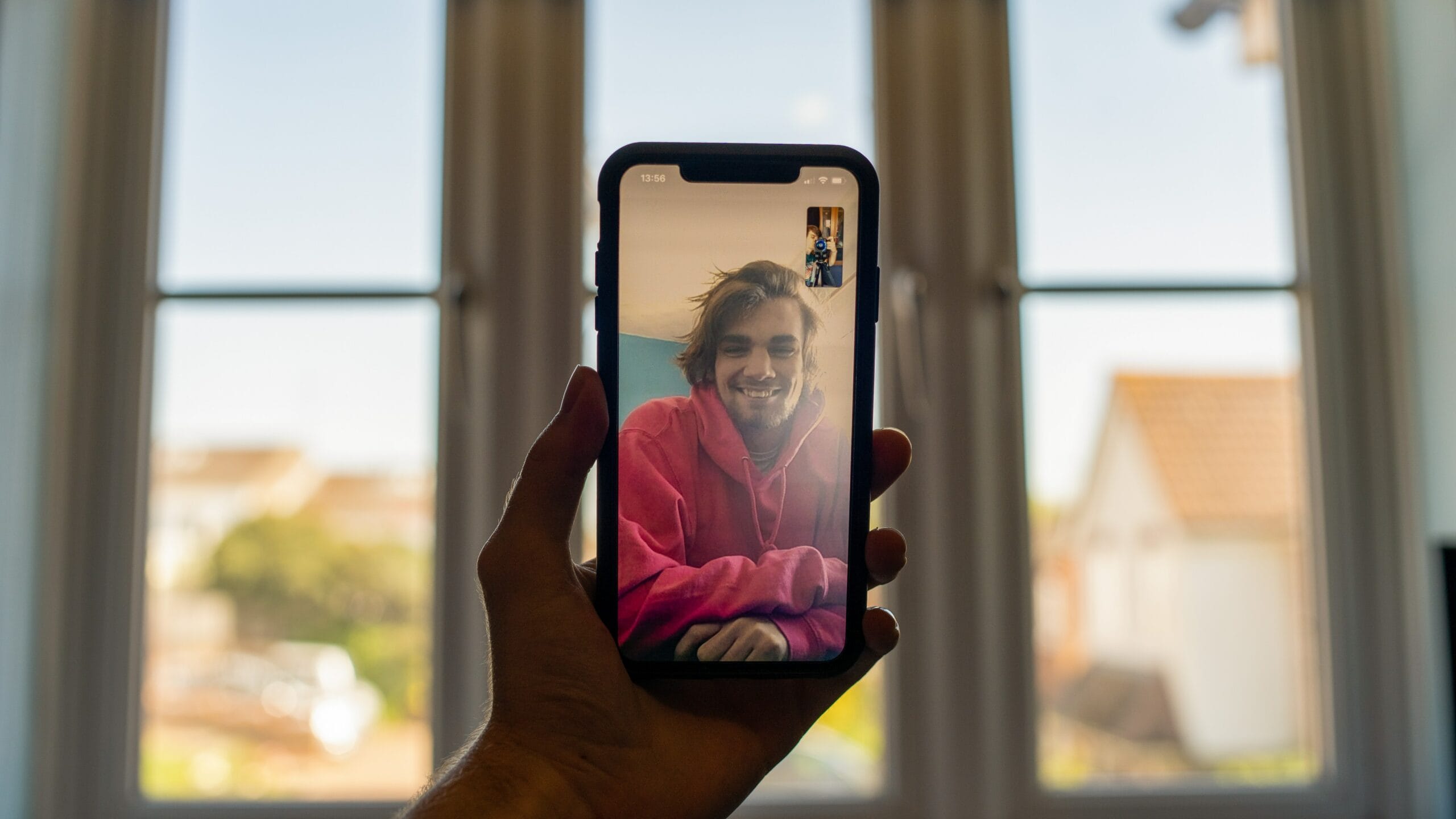Hiring is broken. Too many companies still recruit like it’s 1999 – slow, inefficient, and costly. The biggest problem? Employers often wait too long to gather the most critical candidate data, making the process drag on unnecessarily.
Here’s what the traditional hiring process looks like: It starts with posting a job ad that attracts a flood of unqualified applications. From there, recruiters spend hours manually screening CVs – a tedious task that rarely yields the best talent. Next comes phone screening, which adds delays but provides little real insight. By the time the first interviews are conducted, unqualified candidates have already made it through, while top talent may have dropped out. It’s often too late to influence the decision when assessments are finally requested. Without reliable data, hiring managers fall back on gut feelings, increasing the risk of bias and poor hiring choices. And when an offer is finally made, the strongest candidates are usually long gone. This outdated process is not just time-consuming; it’s broken.
Data Driven Hiring: Why Hiring is Broken and How Gathering All Candidate Data Upfront Fixes It
The Traditional Hiring Process (And Why It Fails)
- Post a Job Ad – Attracts a flood of unqualified candidates
- Manually Screen CVs – Time-consuming and often ineffective
- Phone Screen Candidates – Adds delays without meaningful insights
- Conduct First Interviews – Unqualified candidates slip through
- Invite Finalists – The best candidates may already be gone
- Request Assessments – By this point, it’s often too late
- Rely on Gut Feelings – Leads to bias and poor hiring choices
- Make an Offer – The candidate may have already accepted another role

Why This Process Doesn’t Work
- It’s slow and inefficient
Each step adds unnecessary delays, increasing the time-to-hire and making it harder to fill crucial roles quickly. - Top candidates drop off
The best talent doesn’t wait around. If your process takes too long, they’ll accept another offer before you decide. - It’s inconsistent and subjective
Relying on multiple interview rounds and gut feelings introduces bias and makes it difficult to compare candidates fairly. - Important data comes too late
Skills, personality fit, and work history often emerge in later stages when it’s too late to course-correct.
The Solution: A Data-Driven Approach to Hiring
Now, imagine a hiring process that works, where you get a complete, accurate picture of every candidate from the start. The Holistic Hiring Model defines the must-have vs. nice-to-have requirements so you’re not wasting time on the wrong fit. Candidates complete skills assessments that provide objective proof of their abilities. A one-way video interview gives you immediate insight into how they communicate and respond to job-related questions. Personality and culture fit tests help you predict long-term success, while references and work samples are verified instantly, with no chasing needed. Cognitive and behavioural assessments offer a deeper understanding of how someone works, and automated background checks confirm credentials in seconds. Finally, AI-powered screening pulls all this data together, helping you make consistent, evidence-based hiring decisions. It’s faster, smarter, and more effective than the old way.
The Holistic Hiring Model
- CV & Qualifications
Clearly define must-have vs. nice-to-have requirements - Skills Assessments
Get objective proof of capabilities. - Video Interview
See how candidates present themselves and answer your job-related questions - Personality & Culture Fit Tests
Predict long-term success - References & Work Samples
Verify experience instantly - Cognitive & Behavioural Assessments
Gain deeper insights into work style - Automated Background Checks
Instantly validate credentials - AI-Powered Screening & Insights
Standardise decision-making with data-driven hiring

Why Data-First Hiring Works
- Assess candidates earlier
Video interviews, skills assessments, and behavioural insights give you a real sense of a candidate’s fit from the start. - Reduce risk
Verify qualifications, references, and experience before making a shortlist. - Make hiring decisions faster.
With structured data and AI-driven insights, you can objectively compare candidates and promptly make informed choices. - Eliminate bias
Standardised screening removes subjectivity, leading to fairer and more accurate hiring.
Hiring the right person shouldn’t feel like a marathon, but for many companies, it does. It’s not just about speed; it’s about making more intelligent, more informed hiring decisions from day one. A structured, data-driven approach enables companies to reduce bias, streamline processes, and build stronger teams.
If this sounds like a hiring strategy worth exploring, you can find out more by clicking below




